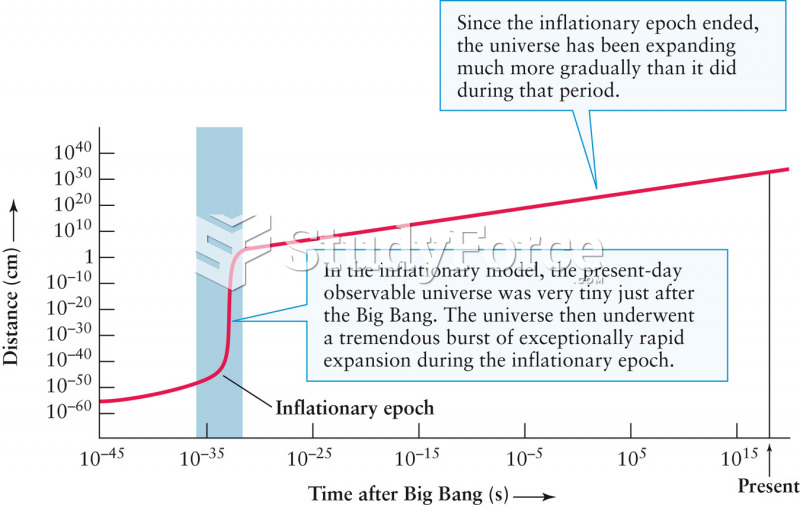Answer to Question 1
Quasars are small and powerful sources of energy in the active cores of very distant galaxies. Some quasars are more than 10 billion light-years away, and because of their large look-back times, they appear as they were when the Universe was only 10 percent of its present age. The first clouds of gas that formed galaxies would have also made supermassive black holes at the centers of those galaxies' central bulges. The abundance of matter flooding into those early black holes could have triggered outbursts that are seen as quasars. The galaxies were closer together when the Universe was young and had not expanded very much. Because they were closer together, the forming galaxies collided more often, and you have seen how collisions between galaxies could throw matter into central supermassive black holes and trigger eruptions. Quasars are often located in host galaxies that are distorted as if they were interacting with other galaxies. Astronomers have discovered that nearly all galaxies contain supermassive black holes, and those black holes may have suffered quasar eruptions when the Universe was younger, galaxies were closer together, and infalling gas and dust were more plentiful. Quasar eruptions became less common as galaxies became more stable and as the abundance of gas and dust in the centers of galaxies was exhausted.
Answer to Question 2
The Hubble constant is a measure of the rate of expansion of the Universe-the average value of the apparent velocity of recession divided by distance-about 73 km/s/Mpc. The distance to a galaxy can be found by dividing its apparent velocity of recession by the Hubble constant. Edwin Hubble's original measurement of H was too large because of errors in his measurements of the distances to galaxies. Later astronomers have struggled to measure this important constant. The most precise measurements of the Hubble constant, made using the Hubble, Spitzer, and WMAP space telescopes yield a value for H of about 73 km/s/Mpc with an uncertainty of about 3 percent. This means that a galaxy at a distance of 1 Mpc from the Milky Way is receding from us at a rate of 73 km/s, a galaxy 2 Mpc away is receding at 146 km/s, and so on.
 Microscopic photo taken by Opportunity showing a gray hematite concretion, indicative of the past pr
Microscopic photo taken by Opportunity showing a gray hematite concretion, indicative of the past pr
 The continents were not always in their present positions. The position of the continents is importa
The continents were not always in their present positions. The position of the continents is importa





